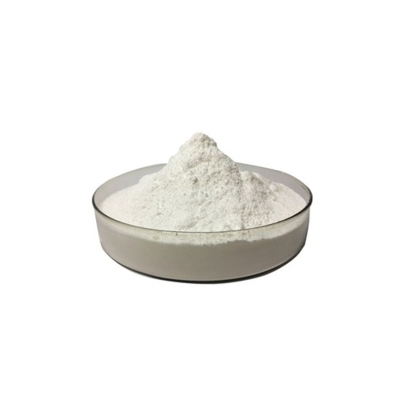-
Categories
-
Pharmaceutical Intermediates
-
Active Pharmaceutical Ingredients
-
Food Additives
- Industrial Coatings
- Agrochemicals
- Dyes and Pigments
- Surfactant
- Flavors and Fragrances
- Chemical Reagents
- Catalyst and Auxiliary
- Natural Products
- Inorganic Chemistry
-
Organic Chemistry
-
Biochemical Engineering
- Analytical Chemistry
- Cosmetic Ingredient
-
Pharmaceutical Intermediates
Promotion
ECHEMI Mall
Wholesale
Weekly Price
Exhibition
News
-
Trade Service
(S)-Ethyl 2-(2-benzyl-3-((methylsulfonyl)oxy)propanamido)acetate is an organic compound that is used as an intermediate in the production of various chemicals and pharmaceuticals.
The synthetic routes of this compound can vary depending on the starting materials and the desired end product.
One of the most common synthetic routes for (S)-Ethyl 2-(2-benzyl-3-((methylsulfonyl)oxy)propanamido)acetate involves a multi-step reaction process.
The starting materials for this process are dimethyl sulfone, ethyl acetate, and benzyl amine.
The first step in the process involves the reaction of dimethyl sulfone with benzyl amine in the presence of a Lewis acid catalyst, such as zinc chloride or aluminum chloride.
This reaction forms a sulfonamide intermediate, which is then treated with a base, such as sodium hydroxide, to generate the corresponding sodium salt.
The next step involves the reaction of the sodium salt with ethyl acetate in the presence of an acid catalyst, such as hydrochloric acid or sulfuric acid.
This reaction forms the desired (S)-Ethyl 2-(2-benzyl-3-((methylsulfonyl)oxy)propanamido)acetate, which can be purified and isolated from the reaction mixture.
Another synthetic route for (S)-Ethyl 2-(2-benzyl-3-((methylsulfonyl)oxy)propanamido)acetate involves a two-step reaction process.
The starting materials for this process are dimethyl sulfide and benzyl amine.
The first step in the process involves the reaction of dimethyl sulfide with benzyl amine in the presence of a strong base, such as sodium hydride or potassium hydroxide.
This reaction forms a sulfonamide intermediate, which is then treated with methyl iodide in the presence of a Lewis acid catalyst, such as zinc chloride or aluminum chloride.
The next step involves the reaction of the resulting methyl sulfonate with ethyl acetate in the presence of an acid catalyst, such as hydrochloric acid or sulfuric acid.
This reaction forms the desired (S)-Ethyl 2-(2-benzyl-3-((methylsulfonyl)oxy)propanamido)acetate, which can be purified and isolated from the reaction mixture.
Overall, the synthetic routes for (S)-Ethyl 2-(2-benzyl-3-((methylsulfonyl)oxy)propanamido)acetate involve a combination of chemical reactions and catalysts.
The choice of starting materials and the desired end product will determine the specific synthetic route that is used.







